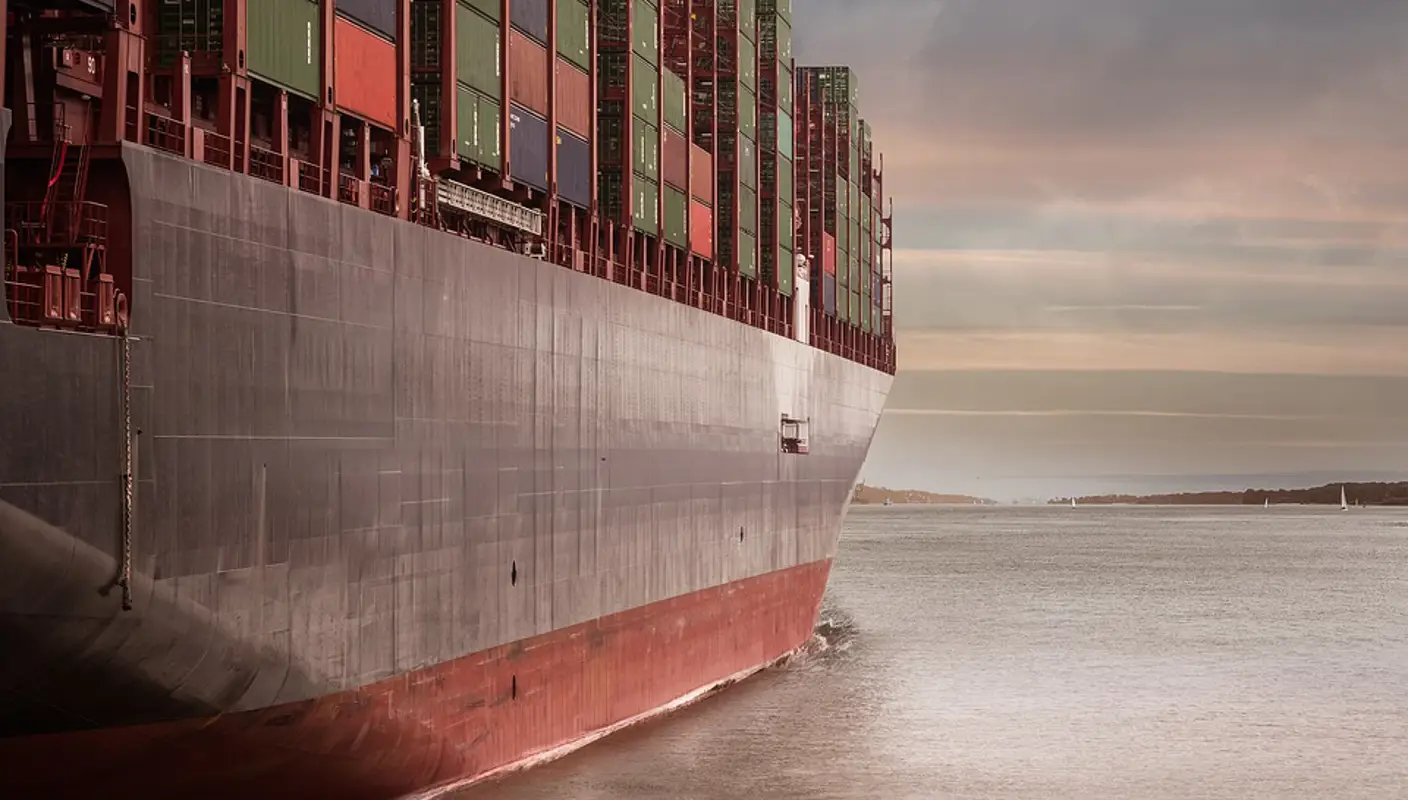Insights
Sustainable shipping: why does it matter and what does it entail?

November 20, 2018
Sustainability challenges are changing the maritime landscape. New regulations, technology and innovative business models will have a profound impact on the industry predicts sustainability expert.
“The drive for sustainability is rewriting the rules for all industries – and shipping is no exception,” says Bjørn.K.Haugland, Chief Sustainability Officer at DNV GL. “The longevity and profitability of its operators depend on a proactive approach to sustainability. Indeed, ‘business as usual’ is not an option. There is a need to change to meet new regulations and technology.
“Also, consumers are increasingly understanding the impact of pollution on human health and the environment, and are demanding more transparency in everyday products and services. This societal trend will continue as the world population grows, communication technology develops and with it the need for all actors in the supply chain to meet consumer needs,” adds Haugland.
Speaking on the sidelines of the recent launch of DNV GL’s Energy Transition Outlook 2018, Haugland referred to the Maritime Forecast to 2050 (part of the ETO suite of reports) which examines how the ongoing energy transition will affect the shipping industry.
https://eto.dnvgl.com/2018/maritime

Changing landscape
“We predict the growing focus on environmental issues, decarbonization, combined with the trends in technology, regulations and changing trading patterns, will all shape the maritime industry over the next decades,” says Haugland and adds, “the anticipated, radical changes in the operating environment will create challenges and uncertainty for many operators. Shipping needs answers and companies that are thinking – and acting – sustainably.”
Indeed, the challenges ahead are by no means insignificant. According to the Global Maritime Issues Monitor 2018, senior stakeholders believe the global maritime industry is not prepared to deal with major issues that are likely to impact it over the next ten years.
Five major issues
The report, published last month by the Global Maritime Forum, global insurance broker and risk advisor Marsh, and the International Union of Marine Insurance, highlights five issues that the maritime industry appears to be least prepared for: ‘cyber-attacks and data theft’, ‘global economic crisis’, ‘geopolitical tension’, ‘pollution’ and ‘governance failure’.
https://www.globalmaritimeforum.org/content/2018/10/Global-Maritime-Issues-Monitor-2018.pdf
Challenging norms
Clearly, many sectors are currently faced with disruption and the maritime industry is no exception. Emerging issues are challenging norms and there is a need for a greater awareness of the long-term forces shaping the industry.
“For sure the nature of the industry is changing and there are many issues that could bring unwelcome disruption, but there could also be opportunities for those companies that are well prepared. This makes it all the more important to look at the market, regulatory and technological challenges and opportunities of future scenarios to make shipping fit for the future,” points out Haugland and refers to the positive efforts already being made to reduce NOx (nitrogen oxide) and SOx (sulphur oxide) emissions. “Also, the potential for reducing CO2 (carbon dioxide) emissions is still significant,” he adds.
According to Haugland this can be done through more efficient operations and technologies in, for example, the following areas:
- Eco-efficient ship designs, better designed engines, propellers, hull forms and coatings
- Slow steaming, speed optimisation and weather routing systems
- Change of fuel usage from heavy fuel oils to natural gas, biofuels and fuel cells
- Development in hybrid solutions, battery systems and ship electrification
- Improving infrastructure to enable faster turnaround times and increase port capacity
- Maturing technologies within scrubber and exhaust gas recirculation
- System integrations, smart maintenance, automation and remote operations
- Use of sensors, big data, computational fluid dynamics, performance management systems
Taking action
An increasing number of companies are already taking action and adopting both technological and operational measures to become more sustainable, including NYK (Nippon Yusen Kaisha), RCCL (Royal Caribbean Cruises), Carnival, Maersk, Mitsui OSK and Wilhelmsen to name a few.
“As a leading example, NYK, one of the world’s largest shipowners, is already in the process of transforming its business to meet market and societal demands. Central to its sustainability push, NYK has established a strategy plan to 2022 that focuses on digitalisation and the environment; it is also aiming to go beyond compliance and work on all the 17 UN Sustainability Development Goals,” remarks Haugland.
While lauding the work of individual companies, Haugland emphasises his belief in cooperation. “There are many examples demonstrating how companies can benefit from sustainable practices. However, the full potential of sustainable business models will only be realised through a broad industry collaboration involving all stakeholders in the entire value chain. Going it alone will only ever get the industry so far,” warns Haugland.
He continues, “Here in Norway there’s a strong focus on green growth and the maritime sector promises to be a key area of transformation and job creation, especially in the context of the challenges presented by declining production volumes of oil and gas off the Norwegian continental shelf.
Public and private collaboration
“As part of its efforts to unlock low-carbon growth in the maritime sector, the Norwegian government is supporting this process through the Green Coastal Shipping Programme, which brings industries and state departments together to implement a new maritime strategy. The primary goal of the programme is for Norway to be a leader in environmentally sustainable and efficient coastal shipping,” explains Haugland, who encourages more public and private collaboration to provide new perspectives and shape the industry’s decision-making. Details of the programme and the first five pilots projects are shown here
https://www.dnvgl.com/maritime/research-and-development/futuristic-projects-transform-coastlines/index.html
Regulations propel sustainability
DNV GL’s sustainability head believes regulations will actively drive greater sustainability and refers to the steps already taken by the International Maritime Organisation (IMO) and state actors that have introduced measures to limit and reduce emissions to air and sea. He believes such controls on the industry will only intensify over the coming years as public and regulatory scrutiny builds.
“In addition to international regulations on emissions, it is likely that stakeholders such as bankers, charterers, insurance companies and investors will set stricter requirements for operators to improve energy efficiency and reduce greenhouse gas emissions,” predicts Haugland.
“While supporting international regulations to regulate pollutants, we at DNV GL believe regulators should be sensitive to the financial impact of these requirements and work with the industry to find workable solutions that encourage investment in sustainable practices,” says Haugland.
More needs to be done
“For sure more needs to be done to make international shipping truly sustainable. Our view is also that encouraging the industry to change has to go hand in hand with demonstrating what opportunities and solutions the changes offer and how they can help strengthen a company’s position on the market – and create value for society.
“If we are to find answers to the challenges, we will only do so as part of a much broader dialogue that will have to take place between operators, regulators and society at large,” says Haugland and concludes, “Together, we must meet the challenges, and work in a collaborative, strategic manner to deliver transformative technology and solutions that will lead to a more sustainable industry.”